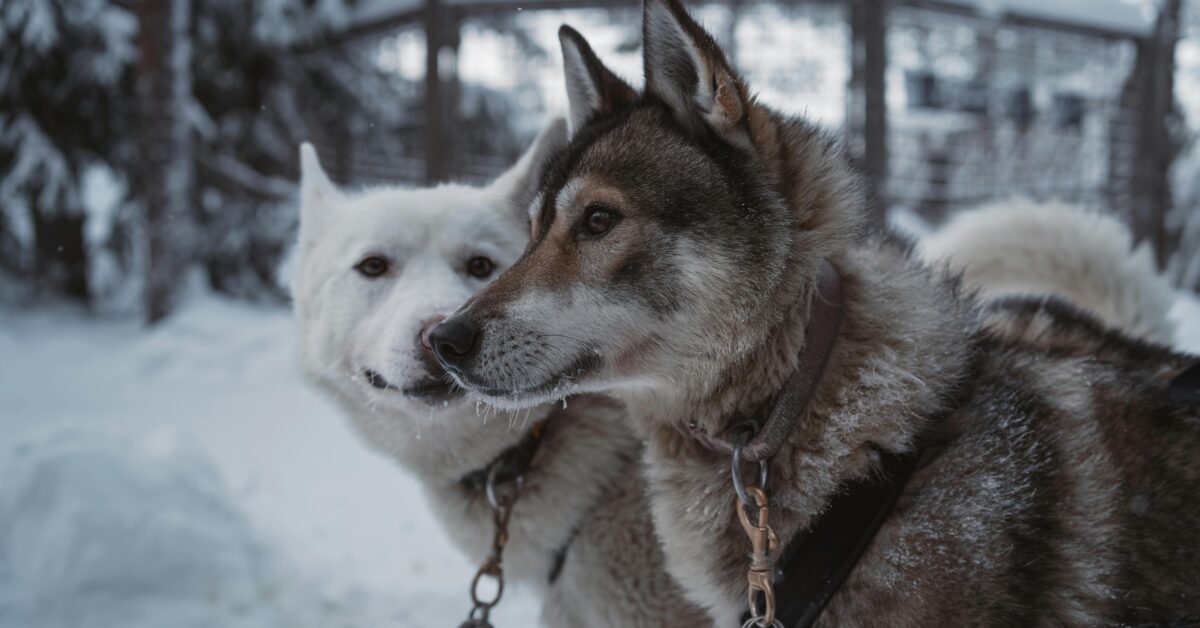
How to Protect Dog Paws from Snow and Ice
Winter in Aliante brings stunning scenery with snow-capped mountains and crisp, chilly air. While it’s a season many enjoy, the cold weather can be tough on our furry friends—especially their paws. Ice, snow, and freezing temperatures can lead to discomfort or even injury. As you head out for winter walks with your pup, it’s essential to take steps to **protect dog paws** and ensure their safety. Here are some tips to keep your dog’s paws safe during the winter months.
Use Dog Booties for Extra Protection
Dog booties are one of the best ways to protect dog paws from the cold, ice, and road salt. These specially designed boots provide insulation and traction while keeping your dog’s paws safe from the harsh ground. Look for durable, waterproof, and comfortable booties, and start by introducing them indoors to get your dog used to wearing them. With practice, your pup will be ready to strut confidently in their boots during Aliante’s winter weather.
Check Paws Regularly for Injuries
After every walk, inspect your dog’s paws for signs of injury. Snow and ice can build up between their toes, creating painful ice balls. These can cause irritation, frostbite, or even cuts. Gently wipe your dog’s paws with a towel to remove any ice, and look for cracks or abrasions. Applying a paw balm or wax before walks can help protect dog paws from drying out or cracking, keeping them soft and healthy throughout the season.
Use Paw Protection Products
Paw waxes and balms are great tools for shielding your dog’s paws from snow, ice, and salt. They form a protective layer on the pads, moisturizing them and preventing cracks caused by dry winter air. Many balms use natural, dog-safe ingredients like beeswax and coconut oil, so they’re safe if licked. Apply a generous layer before heading out on walks to ensure your dog’s paws are fully protected.
Avoid Salt and Harmful Ice Melt Chemicals
Salt and ice-melting chemicals can be harsh on your dog’s paws, causing irritation and dryness. They can also be harmful if your dog licks their paws after walking on treated surfaces. Stick to non-salted paths whenever possible, and wipe your dog’s paws thoroughly after walks in treated areas to remove any residue. Keeping harmful substances off their paws is a key step to ensuring their safety.
Shorten Walks on Extremely Cold Days
On bitterly cold days, it’s best to limit the time your dog spends outside to avoid overexposing their paws to freezing conditions. If your dog starts lifting their paws or showing signs of discomfort, it’s time to head back indoors. Opt for indoor games or puzzles to keep your pup active without risking their health.
Hydrate and Nourish Their Paws
Winter air can dry out your dog’s paw pads, leading to cracking and pain. Keep their paws hydrated by applying moisturizing paw balm regularly and ensuring they have plenty of water. After walks, you can soak their paws in warm water to soothe and soften them, followed by balm to keep them in top shape.
With a little extra care, winter walks in Aliante can be an enjoyable experience for you and your pup. By using booties, applying paw balms, and staying mindful of conditions, you can effectively **protect dog paws** and keep them safe all season long. For personalized tips or training advice, Sit Means Sit in Aliante is here to help you and your furry friend enjoy a happy, healthy winter together!
